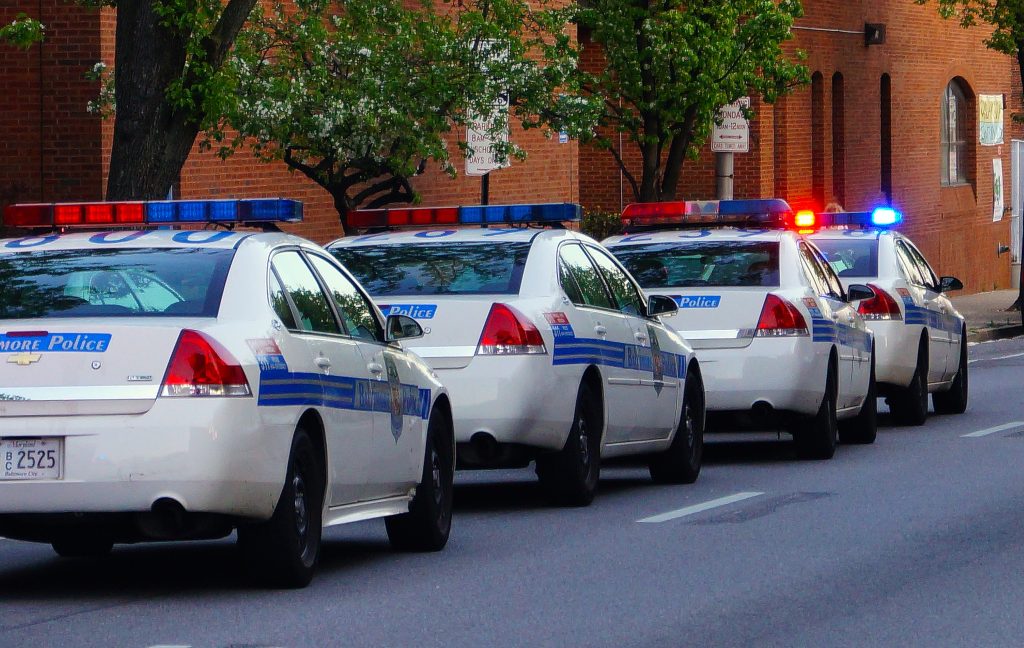 Despite stringent rules and regulations designed to keep unlicensed drivers off the road, minors often find their way behind the wheel. Police in Gonzales, Louisiana, were forced to reckon with the seriousness of such a driver when a high-speed police chase on Interstate 10 turned deadly in May of 2004. The outcome of this chase became the subject of a lawsuit left unsettled until 2017—a case which pondered: to what standard should police be held when engaged in an active car chase?
Despite stringent rules and regulations designed to keep unlicensed drivers off the road, minors often find their way behind the wheel. Police in Gonzales, Louisiana, were forced to reckon with the seriousness of such a driver when a high-speed police chase on Interstate 10 turned deadly in May of 2004. The outcome of this chase became the subject of a lawsuit left unsettled until 2017—a case which pondered: to what standard should police be held when engaged in an active car chase?
Just before eight o’clock in the evening, a Gonzales city police officer noticed an Oldsmobile without its headlights activated. The car, failing to stop or slow down, was pursued onto Interstate 10 by Louisiana State Police. The chase continued for nearly twenty minutes despite attempts to stop the vehicle with a spike strip. Then, the Oldsmobile’s fourteen-year-old driver lost control of the car and spun into a vehicle traveling in the opposite direction, driven by the Bristols. The Oldsmobile driver died on impact, while all seven passengers in the other car were severely injured, prompting a lawsuit against the Louisiana State Police. At trial, a jury found no liability for the Bristols’ injuries on the part of the department, and an appeal followed.
The Louisiana Highway Regulatory Act is excepted by La R.S. 32:24—which provides, under certain circumstances, statutory immunity to drivers of emergency vehicles. As such, police officers are allowed to exceed maximum speed limits and disregard other road rules so long as they maintain regard for the safety of others and have their audible or visual signals activated. However, this exception is not absolute: juries are allowed to determine, based on the circumstances and after being instructed on the law, whether a standard of ordinary negligence or a heightened reckless disregard standard should gauge the standard of care for an emergency vehicle driver. Lenard v. Dilley, 784 So.2d 706 (La. Ct. App. 2001).
The Bristols argued the standard of care expressed to the jury by the trial court was erroneous—since it is up to the jury to determine the standard of care by which the defendant’s conduct will be gauged. Instead, the jury was told they need only find the Louisiana State Police acted in a manner that did not rise to reckless disregard rather than providing an instruction that the factfinder should determine the standard of care to apply. Despite this instruction, a de novo review by the appeals court found regardless of the standard of care applied, the Louisiana State Police were not at fault for the accident, affirming the lower court’s judgment.
With this opinion, the State of Louisiana Court of Appeal emphatically confirmed the standard of care for drivers of emergency vehicles is unique. These drivers, tasked with promoting public safety, de-escalating dangerous situations, and upholding the law, cannot necessarily be measured by a single ordinary standard when accidents occur. Instead, it is up to the jury to determine what is reasonable for these drivers depending on the varied circumstances they often find themselves in.
Additional Sources: BRISTOL VERSUS CITY OF GONZALES ET. AL
Written by Berniard Law Firm Blog Writer: Grace Roberts
Other Berniard Law Firm Articles on Emergency Vehicle Standards in Louisiana: Injured by Ambulance Driving to Emergency Call, Louisiana Court Reviews Emergency Call Driving Standards
 Louisiana Personal Injury Lawyer Blog
Louisiana Personal Injury Lawyer Blog

